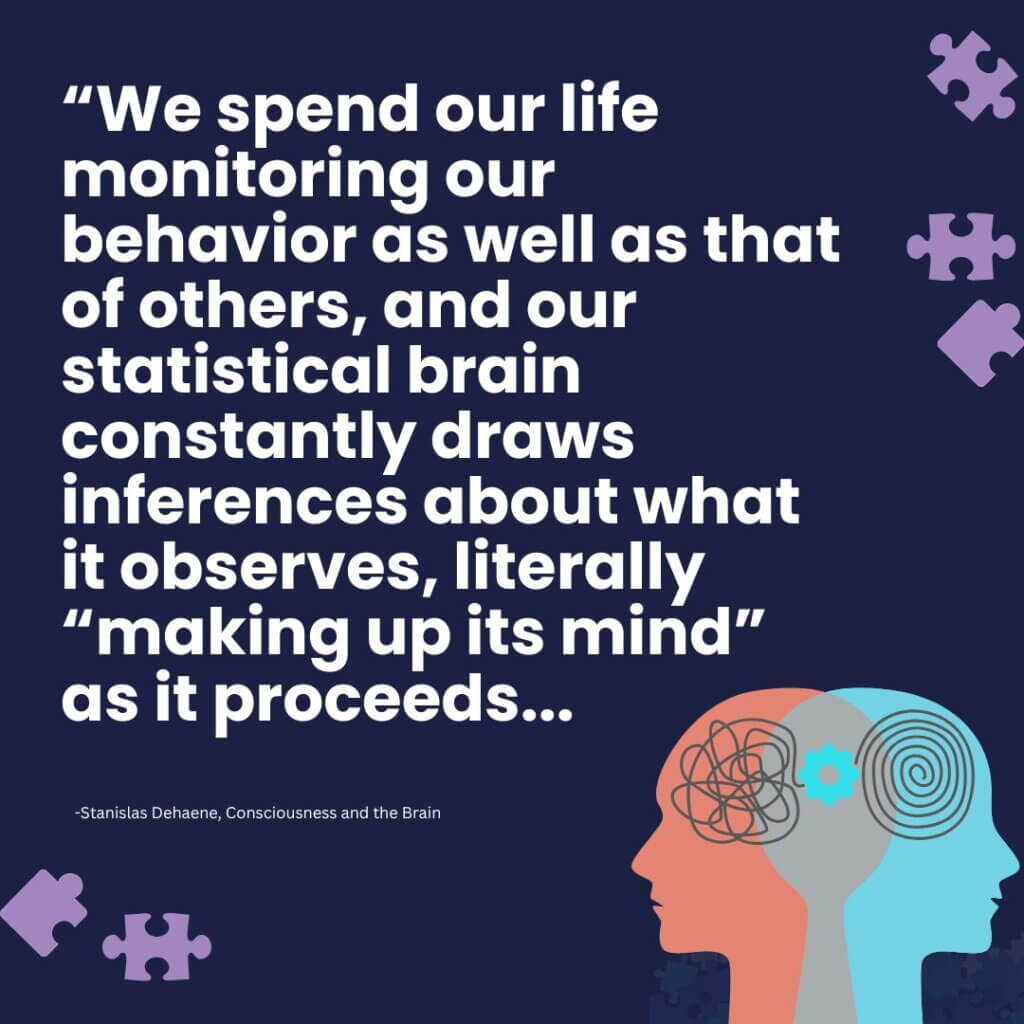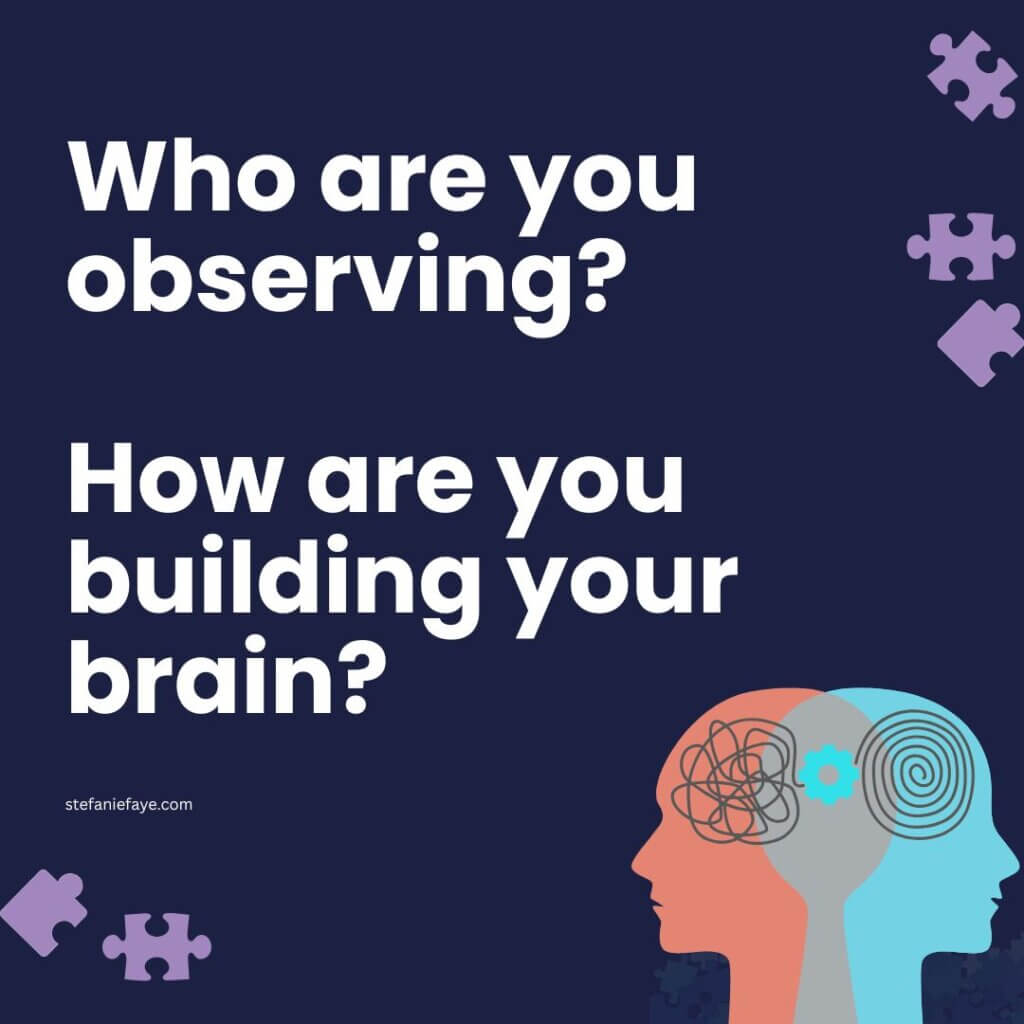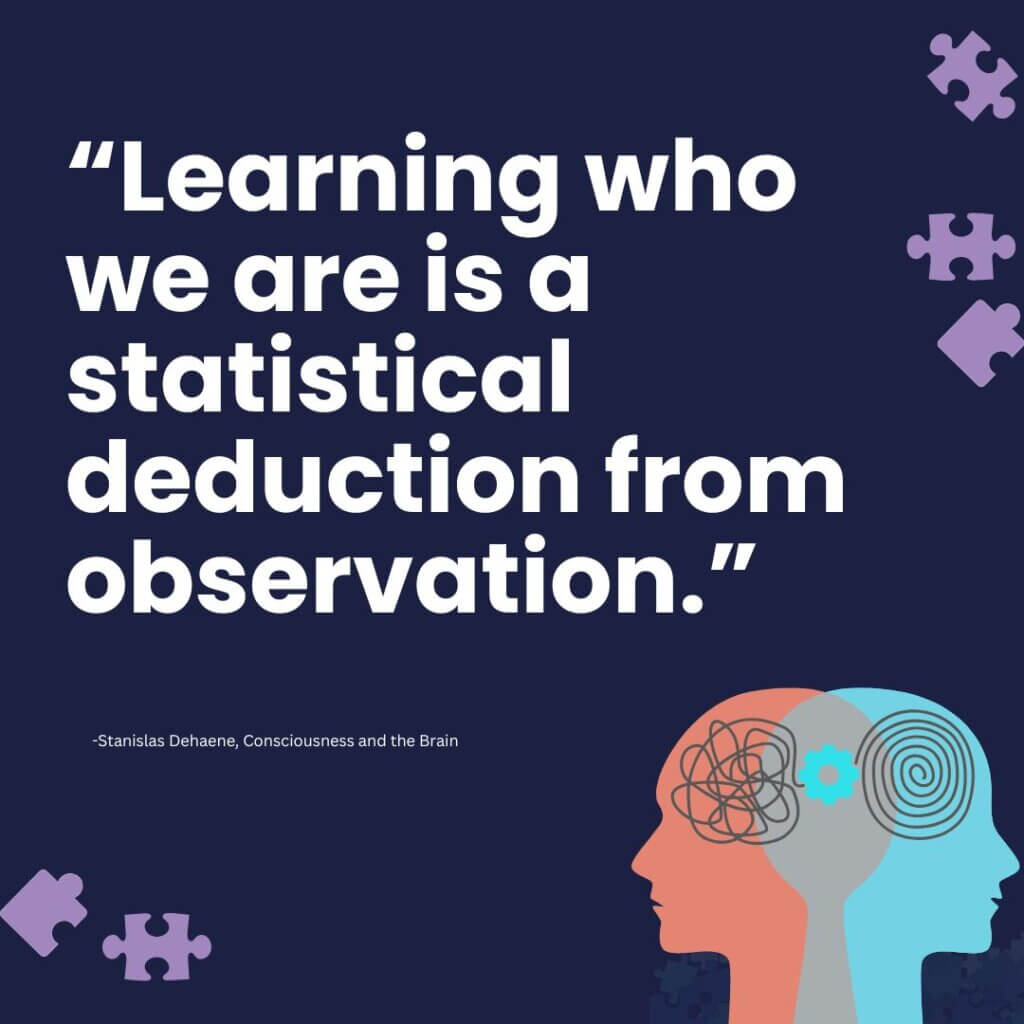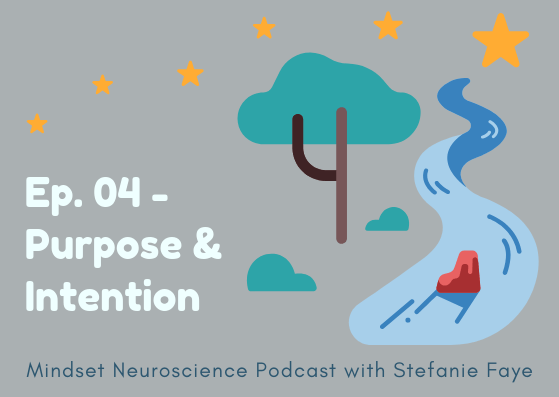“We spend our life monitoring our behavior as well as that of others,
and our statistical brain constantly draws inferences about what it observes,
literally “making up its mind” as it proceeds.
Learning who we are is a statistical deduction from observation.”
-Stanislas Dehaene, Consciousness and the Brain
Your brain is embodied, predictive, and socially constructed.
By now you’ve likely heard of neuroplasticity. It’s the brain’s ability to re-wire and re-route activity that enables it to change how it functions and performs.
What is sometimes missing from many explanations about neuroplasticity is the EMBODIED, SOCIAL Experience of how our brains actually change and evolve.
Our brains are not isolated individuals; they are part of a complex social network that shapes our thoughts and behavior.

Your brain is NOT AN ISOLATED ENTITY.
It is embodied, predictive and socially constructed.
The moment you learned to walk, the entire social and power dynamic between you and your caregivers changed.
When you were an infant and lacked mobility, your caregiver would easily be able to track where you were. If they left you in the crib, they could be pretty much certain, you would still be there when they returned.
As you began to move out of their reach, your caregiver needed to take on the role of ‘socialization agent’ and inhibitor of action to protect you from walking into danger or moving too far away where you were no longer visible (Schore, 2015)
This meant two things:
- Your caregiver would start saying NO more and prohibiting your exploration
- You needed a way to stay safe in other environments as you moved physically away from your protector
Which then resulted in two major changes:
- You and your caregiver would begin to have power struggles as you increased your degrees of freedom
- You would need to ‘check in’ to your caregiver to know if something was safe or dangerous. This is called Social Referencing
One key way a caregiver ‘prohibited’ your action is through a sudden disruption in internal state attunement.
Each time you began to explore your environment, your mobilization-energizing systems would have been active. Depending on each scenario, your caregiver would need to use voice and face to get you to stop going too far. The way to do this is to put a brake on your energized state. Human caregivers do this by using the word NO and making facial gestures that indicate disapproval of your actions. This is the mechanism of 'shame' - an inhibitor of interest-excitement and enjoyment-joy to reduce exposure or exploration (Tomkins, 1963; Schore, 2003)*.
Every caregiver has different levels of comfort and anxiety related to perceived danger, safety, discomfort, newness, and exploration
Their comfort levels are based on their past experiences. Depending on what a caregiver perceives as dangerous or unwanted, they will use inhibitory types of mechanisms to influence a child's sense of interest, exploration and enjoyment.
*I'll go into the concept of shame in an upcoming article: it is part of an experience that happens when exploration/enjoyment or interest is interrupted, and according to some theories, our response to that feeling can lead us to attack ourselves, attack others, avoid or withdraw (Nathanson, 1992;
How this relates to you now…
Your brain is ultimately a prediction machine. It creates computations and predictions based on the past, and seeks to confirm those predictions using the least amount of data possible*
“brains do not react to the world, but instead predict and then test their hypotheses against incoming sensory evidence.
[...] All animal brains, not just those found in a human body, host an internal model [1]. Collectively, these ideas are referred to as predictive coding, active inference or belief propagation accounts of brain function”
-Feldman-Barrett et al., 2016.
(this is also a beautiful power the human brain has, which i’ll go into in an upcoming article and podcast on human intelligence).
“The brain is not a passive recipient of information; it actively filters and interprets sensory inputs to create our perception of reality.”
- Stanislas Dehaene, Consciousness and the Brain
What the people around you perceive (and perceived) as aversive, unwanted, disgusting and to be avoided may not be things that are necessarily dangerous or inherently 'bad' for us. But our brain might predict that they are.
These include social types of danger such as rejection, failure, looking stupid, not fitting in, meeting new people, encounters with people who are very different or unfamiliar. Another example I’ve witnessed in certain caregivers is an over-protection against germs, scraped knees, insects, and animals and discomforts that will not actually cause harm
If any of these things feel aversive to you, part of your aversion might have some roots in the social referencing activity that happened between you and the people around you most when you were growing up, or who you are around now.
Are there (or were there) strong emotional reactions or avoidance of things like mistakes, effort, being a beginner, doing new things - or sticking with things without immediate reward?
Your caregivers’ and social circles' perceptions of these things created an internal state within them which they would then transmit in the form of facial expressions, smell, voice frequencies, body posture, etc. - that became the reference point you used for your own algorithms of aversion, avoidance or approach.
This is extremely important for actual dangers because as a child you also were not afraid of running into the street, sharp objects or hot stoves. Instead of learning in a way that can hurt or kill us, humans use social referencing to optimize our survival.
But remember that the same mechanism is in place for all things you were exposed to.
When you were a very young infant, the aversive or appetitive signals around you played a role in how you reacted to events, objects, people. Events included how people reacted to mistakes, failure, and people who were unfamiliar or different than them. Depending on your caregivers’ comfort levels with those things, you may have become aversive to certain things at a very early age and may be aversive to or afraid of them now.

Our current social circles also play a role in this now.
If the people around you are aversive to different types of people or experiences, or get dysregulated and have strong emotional reactions to various social dynamics, your brain is using that data to create its approach/avoid algorithms.
I bring this up because many of us may be limiting ourselves to experiences that stay within the confines of what we are familiar with. We also might have people around us who are challenged with being able to regulate themselves during times of challenging social interactions - ones that move us out of our own preconceived ideas and familiarity.
Our experiences tend to stay within a certain range and repetitiveness. We tend to talk to the same people, hear the same perspectives, use similar vocabulary.
Routine and repetition are important. They can help the brain preserve decision-making resources and energy, and can create a sense of safety and comfort.
BUT...
Another key factor of resilience is the ability to adapt and evolve according to emerging situations.
To do this, our brain benefits from having extremely large data sets that span a wide range of territories and conditions.
"The brain is not a static organ; it is constantly changing and adapting in response to our experiences."
- Stanislas Dehaene
Exposing ourselves to variable and new data (in the form of experiences), may offer us an exception to a rule/belief/perspective we have about ourselves, others or the world.
For example, if you believe you are too weak, old, not intelligent enough to learn something new and then you have an experience where you are challenged to do this and succeed, you have disrupted that algorithm. Your brain now has to update the logic model of ‘you aren’t good at learning’ to make room for this exception.
If you have a belief about an inherent trait or feature about a ‘category’ of humans (which is something you have adopted from the people around you at some point), and you are in the presence of someone who defies that categorization, your brain now needs to update its ‘data’, its statistical probabilities. This often takes more than one exposure to something new - but the first step is moving into situations that are less familiar to us.
Much of who you think you are is based on the limited perception of people who were around you most as you developed.
Your mindset - the beliefs you have about your own and others’ abilities to update, adapt and evolve - are based on brain-body algorithms that are significantly influenced by those around you, particularly as you were growing up, but also who you surround yourself with now.
Our nervous systems and brain networks are powerfully shaped by experiences that are embodied, visceral, sensory-motor and social.
Who you surround yourself with NOW can help update those statistics. Who do you surround yourself with- online and in person?
Are they regulated, healthy contributors to society? Are they compassionate to themselves and others? Do they propose solutions and new ideas? Or are they constantly focusing on problems, negativity, and repetitiveness in their reactions?
If so, just keep in mind that so many of the opinions of yourself and others that you think come from you have actually come from observing the people around you.. how they talk about and treat themselves and others.
You have a choice of updating your brain’s algorithms by updating the data you allow into your awareness.
References and resources related to embodied, predictive social neuroscience
In this episode, I cover 5 embodied, neuroscience pillars that can help us tap into the extraordinary power of the human brain-body and achieve a sense of agency and alignment with our highest potential.
Artificial Intelligence, Disembodied Wisdom with Dr. Mathilde Cerioli
Movement matters: embodied cognition
Self-regulation as embodied in the mind-brain-body
Ainley V, Apps MAJ, Fotopoulou A, Tsakriris M. 2016 ‘Bodily precision’: a predictive coding account of individual differences in interoceptive accuracy. Phil. Trans. R. Soc. B 371, 20160003. (doi:10.1098/rstb.2016.0003)
Barrett Lisa Feldman, Quigley Karen S. and Hamilton Paul (2016) An active inference theory of allostasis and interoception in depression Phil. Trans. R. Soc. B37120160011
Clark A. 2013 Whatever next? Predictive brains, situated agents, and the future of cognitive science. Behav. Brain Sci. 36, 281–253. (doi:10.1017/S0140525X12002919)
Dehaene, S. (2020). How We Learn: Why Brains Learn Better Than Any Machine ... for Now. Viking. ISBN: 978-0525559887.
Dehaene, S. (2014). Consciousness and the brain: deciphering how the brain codes our thoughts. Viking.
Deneve S, Jardri R. 2016 Circular inference: mistaken belief, misplaced trust. Curr. Opin. Behav. Sci. 11, 40–48. (doi:10.1016/j.cobeha.2016.04.001)
Ehli, S., Wolf, J., Newen, A., Schneider, S., & Voigt, B. (2020). Determining the function of social referencing: The role of familiarity and situational threat. Frontiers in Psychology, 11, Article 538228. https://doi.org/10.3389/fpsyg.2020.538228
Nathanson, D. L. (1992). Shame and pride. New York: Norton.
Schore, A.N. (2015). Affect Regulation and the Origin of the Self: The Neurobiology of Emotional Development (1st ed.). Routledge. https://doi.org/10.4324/9781315680019
Seth AK, Friston KJ. 2016 Active interoceptive inference and the emotional brain. Phil. Trans. R. Soc. B 371, 20160007. (doi:10.1098/rstb.2016.0007)
Tomkins, S. S. (1963). Affect, imagery, consciousness: II. The Negative Affects. Springer.
p.p.s - Do you have clarity envy? Learn brain science behind why some people are SO CLEAR about their path, purpose and decision-making - and what we can all do to tap into that level of clarity.



